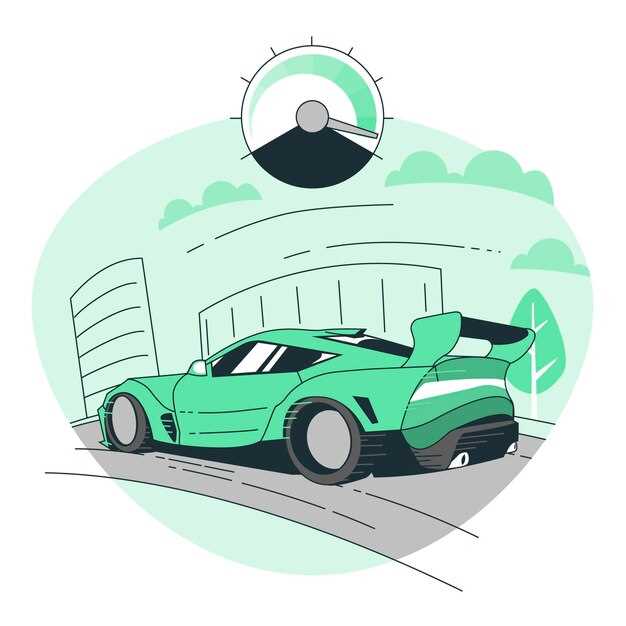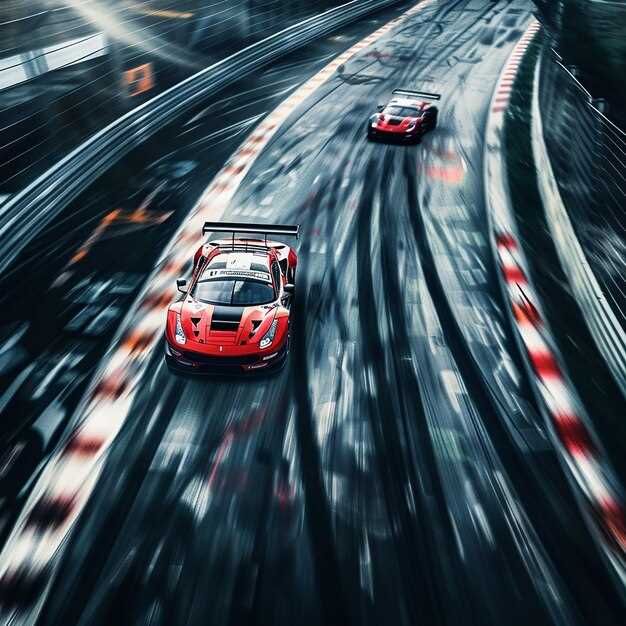

Time Attack racing has emerged as a thrilling format that captures the essence of speed and precision. Rooted in motorsport’s competitive spirit, this discipline focuses on individual performance rather than traditional racing with multiple competitors on the track at the same time. In a Time Attack event, drivers aim to set the fastest lap time, pushing themselves and their vehicles to the limit. This unique approach has attracted a dedicated following and transformed the landscape of motorsport over the years.
The origins of Time Attack can be traced back to Japan in the late 1980s and early 1990s. Initially, it was a way for car enthusiasts to test their vehicles on closed circuits, striving to improve their skills and times. Over time, the format gained popularity, leading to organized events where drivers could officially compete for the best lap times. This evolution marked a significant shift in how racing was perceived and participated in, with a greater emphasis on driver technique and vehicle performance.
As Time Attack racing developed, it began to encompass various formats, each offering a unique challenge to participants. From grassroots events held on local tracks to high-profile competitions with global recognition, the sport has expanded considerably. The introduction of advanced timing systems and data analysis tools has further enhanced the competitive nature of Time Attack, allowing drivers to fine-tune their approach and strategy for optimal performance. This fusion of technology and racing art has solidified Time Attack as an integral part of modern motorsport culture.
Origins of Time Attack: Key Events and Influences

The concept of time attack racing originated in Japan during the late 1980s and early 1990s, primarily as a response to the burgeoning street racing culture. It was a natural evolution of competitive racing formats, where the focus shifted from head-to-head battles to individual performances against the clock. This shift allowed drivers to maximize their skills while minimizing the risks associated with direct competition.
One of the key events that significantly influenced the development of time attack was the emergence of the ‘Time Attack’ series, which began gaining prominence in Japan in the early 2000s. This series provided a structured platform for enthusiasts to showcase their vehicles and driving capabilities in a safe environment. It offered various categories based on car setups and driver experience, attracting a diverse range of participants.
Another important moment in the history of time attack was the introduction of modified street cars into the competition. Events like the annual Tsukuba Circuit time attack focused on inviting tuner companies and private teams to compete, emphasizing the balance between power, handling, and driver precision. The Tsukuba Circuit, in particular, became synonymous with setting benchmarks for car performance, as many drivers aimed to break lap time records.
Influential figures such as Keiichi Tsuchiya, known as the “Drift King,” have also played a vital role in popularizing time attack formats. His expertise and charismatic presence brought attention to time attack as an accepted motorsport discipline, further solidifying its legitimacy within the automotive community.
The rapid advancement of technology has further shaped time attack, with improvements in aerodynamics, tire compounds, and vehicle dynamics leading to unprecedented speeds on track. The integration of timing systems and data analytics provided teams with insights into optimizing performance, pushing the boundaries of what was previously considered possible in racing.
As time attack expanded globally, it adapted to various motorsport cultures and preferences, leading to the growth of competitive events in North America and Europe. This international expansion has fostered cross-cultural exchanges that have enriched the sport, leading to the development of unique racing formats while staying true to the spirit of time attack.
The Evolution of Time Attack Formats: From Solo Runs to Competitive Events
Time attack racing has undergone significant transformations since its inception, evolving from informal solo runs to structured competitive events that attract drivers and fans worldwide. This evolution reflects advancements in technology, changes in participant motivations, and the growing popularity of motorsport.
- Early Beginnings: Initially, time attack formats were developed as a means for drivers to test their vehicle’s capabilities on a track. Solo runs allowed enthusiasts to measure their personal times without the pressures of competition.
In these early days, the focus was primarily on individual performance, and drivers relied on stopwatches to track their lap times.
- Formation of Organized Events: As interest grew, the need for organized time attack events emerged. Tracks began to host official sessions where drivers could register and compete against the clock, paving the way for the first structured time attack formats.
These organized events introduced regulations on vehicle modifications, ensuring a level playing field among competitors and increasing the seriousness of the activity.
- Competitive Nature: With the rise of time attack events, the competitive aspect intensified. Drivers not only aimed for personal bests but also vied for overall titles. This shift marked a significant change in the culture surrounding time attack.
- Introduction of Classes: To accommodate a wider range of vehicles and driver skill levels, organizers began to implement class systems. This allowed participants to compete against others with similar setups, further diversifying the formats and increasing participation.
Classes are often categorized based on vehicle performance and modifications, enabling more streamlined competition.
- Technological Advances: As time attack racing became more popular, technological advancements sparked innovations in both vehicles and timing systems. The introduction of sophisticated timing technology allowed for more accurate measurements, enhancing the competitive integrity of events.
This increase in precision has led to greater excitement among fans, with real-time tracking and analysis becoming standard in many events.
- Global Expansion: Today, time attack racing has transcended borders, gaining a global following. Events are held in various formats, from local tracks to international championships, appealing to a diverse range of automotive enthusiasts.
Regional differences in formats often bring unique flavors to the competitions, reflecting local cultures and automotive trends.
In conclusion, the evolution of time attack formats from solo runs to competitive events showcases the growth and maturation of this motorsport. With structured classes, advanced technology, and a global reach, time attack racing continues to attract new participants and engage fans, solidifying its place in the world of motorsport.
Technological Advancements in Time Attack: Impact on Performance and Strategy

Over the years, time attack racing has experienced significant technological advancements that have profoundly influenced performance and strategy. The integration of sophisticated engineering and innovative materials has paved the way for optimized vehicles tailored specifically for this racing format.
Engine Management Systems have become increasingly sophisticated, allowing for precise tuning of engine parameters. With advanced mapping and real-time adjustments, drivers can harness maximum power outputs while maintaining efficiency. This technology not only enhances speed but also ensures better reliability during competitive sessions.
Another critical advancement is in tire technology. Modern racing tires are designed for peak grip and durability, providing drivers with enhanced traction and stability during high-speed corners. The development of specialized compounds and tread patterns has allowed racers to extract the maximum performance from their vehicles, directly impacting lap times.
Additionally, aerodynamics plays a pivotal role in time attack racing. The implementation of advanced computer simulations and wind tunnel testing has enabled teams to create body kits that reduce drag and increase downforce. This ensures that vehicles maintain optimal speed on straights while also achieving better cornering performance, effectively changing the strategy behind how cars are set up for each time attack format.
The use of data acquisition systems has transformed how teams analyze performance. Drivers now have access to comprehensive telemetry data, which allows for detailed post-run assessments and real-time decision-making. This data-driven approach not only aids in tuning vehicle setup but also significantly impacts race strategy, as drivers can adjust their techniques based on quantifiable performance insights.
Finally, advancements in suspension technology have greatly influenced handling dynamics. Adjustable coilovers and active suspension systems allow for precise tuning based on track conditions, enabling participants to maximize their setup for each unique event. This adaptability introduces a strategic element, where teams must analyze varying conditions and make informed adjustments to gain competitive advantages.
In conclusion, the technological advancements in time attack racing have not only enhanced vehicle performance but also transformed strategic planning in this exhilarating format. As technology continues to evolve, the future of time attack racing promises even greater levels of competition and innovation.







